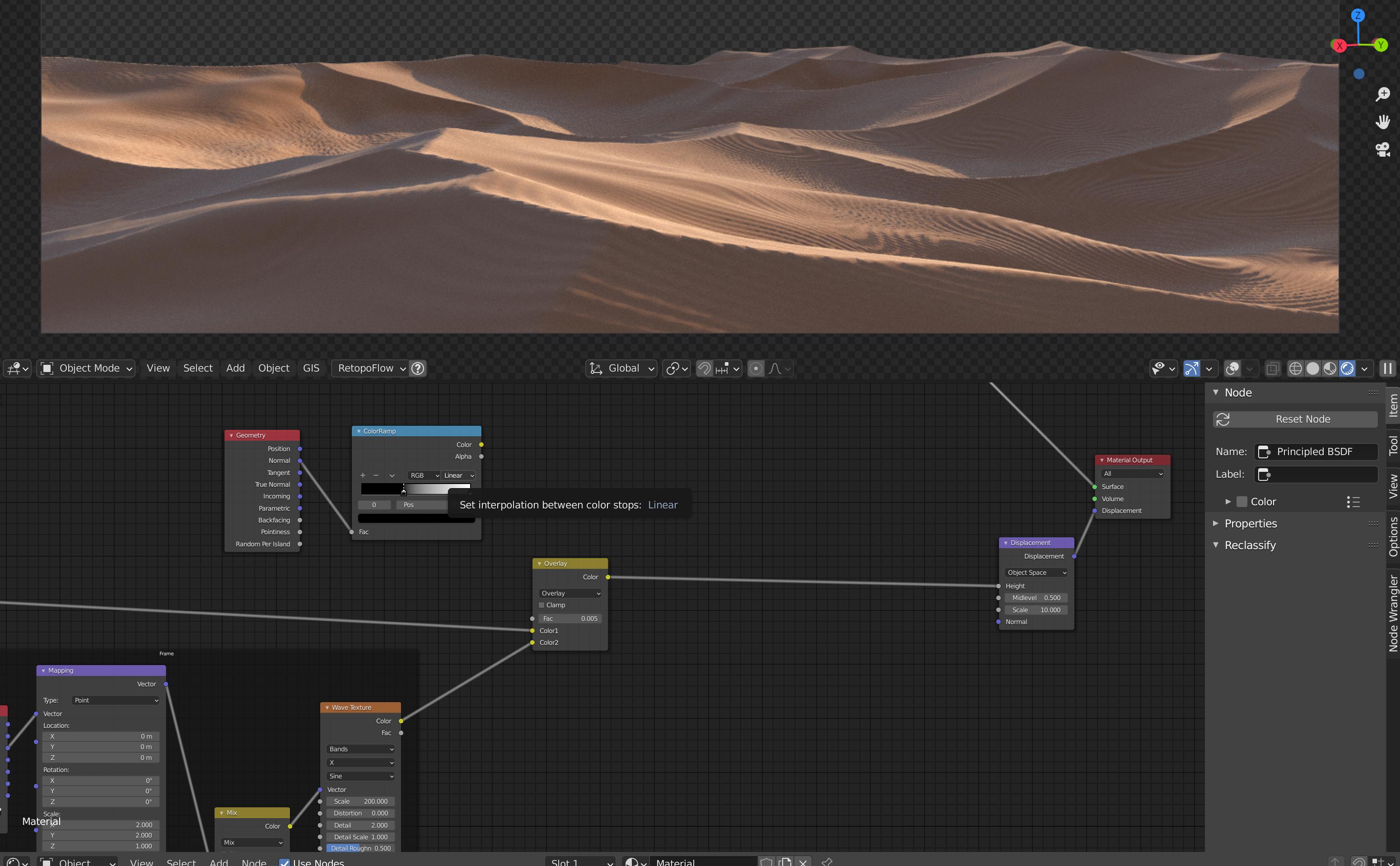I am blending two noise displacement effects (Voronoi sand dunes + Wave Texture for little sand ripples), with everything plugged into Displacement node.
Now I want to drive the blending by using FAC socket, with Geometry Normal plugged in. I have set up my Geometry Normal effect like this, to split where the dunes break. When I plugged this into the FAC socket of the Mix RGB Node, I expected the white spots to have ripples from the Wave texture, and the black spots to have no ripples.

Instead, the Factor blending has no effect at all, it seems, it completely deactivates the Ripple effect.

Please, do you know what I am doing wrong? Thank you! Martin




